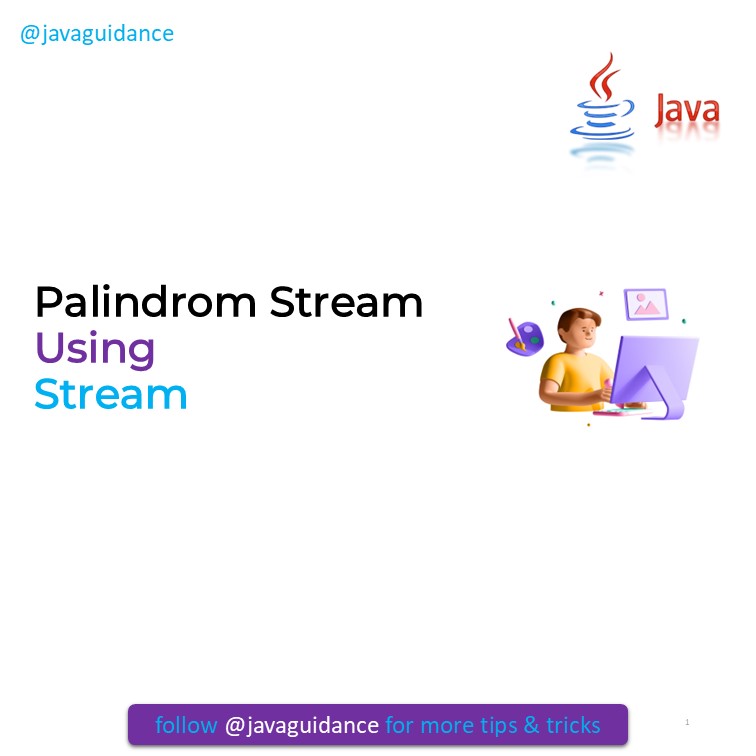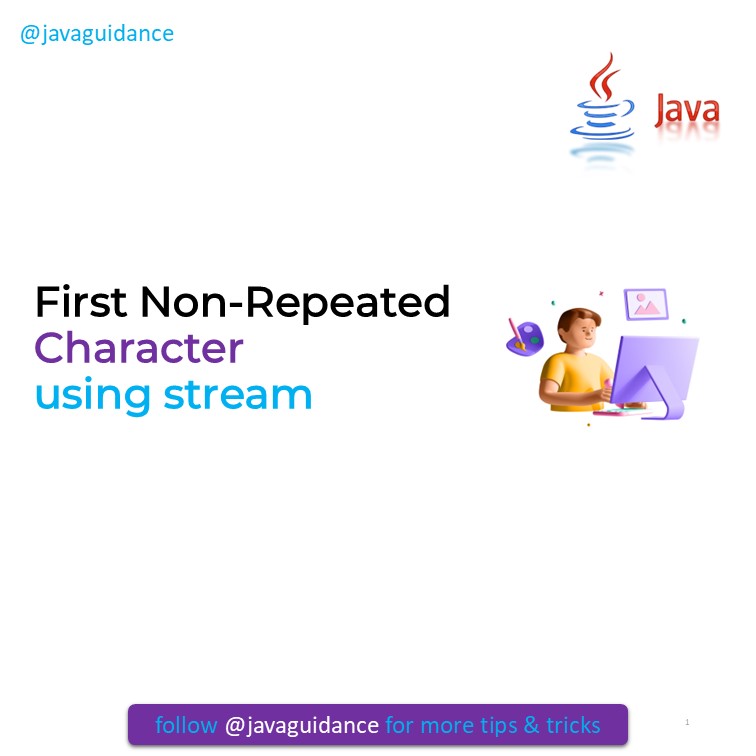Java 8 Lambda Expressions Interview Questions with Answers: Mastering the Basics
Are you preparing for a Java programming interview? If so, you’re likely to encounter questions about Java 8 lambda expressions. Lambda expressions have revolutionized the way we write code in Java, making it more concise and expressive. In this article, we’ll explore some common interview questions related to Java 8 lambda expressions and provide detailed answers to help you ace your interview.
Introduction to Lambda Expressions
Lambda expressions were introduced in Java 8 as a way to bring functional programming concepts to the language. They allow you to write more concise and readable code by expressing instances of single-method interfaces (functional interfaces) using a compact syntax.
How do Lambda Expressions Improve Java Code?
Lambda expressions enhance Java code by reducing the verbosity of anonymous inner classes. They enable you to write inline implementations of functional interfaces directly, making your code more expressive and easier to maintain.
What is the Syntax of Lambda Expressions?
The syntax of a lambda expression consists of parameters, an arrow (->), and a body. For example, (x, y) -> x + y represents a lambda expression that takes two parameters and returns their sum.
What are Functional Interfaces?
Functional interfaces are interfaces that contain only one abstract method. Java 8 introduced the @FunctionalInterface annotation to indicate that an interface is intended to be functional. Examples include Runnable, Comparator, and Function.
How are Lambda Expressions Encapsulated?
Lambda expressions are instances of functional interfaces. They can be assigned to variables, passed as method arguments, and returned as method results. This allows for greater flexibility in designing your code.
How to Use Parameters in Lambda Expressions?
Lambda expressions can take zero or more parameters. The parameters’ types can be explicitly declared or inferred by the compiler. For instance, (int x, int y) -> x * y specifies parameter types, while (x, y) -> x * y relies on type inference.
What are the Different Forms of Lambda Expressions?
Lambda expressions come in various forms, including:
- No parameters:
() -> "Hello, World!" - Single parameter:
(x) -> x * x - Multiple parameters:
(x, y) -> x + y - Multiple statements:
(x, y) -> { int sum = x + y; return sum; }
How are Variable Captures Handled in Lambda Expressions?
Lambda expressions can access variables from their enclosing scope. However, these variables must be effectively final (non-reassignable) or effectively final (implicitly final) to prevent potential side effects.
What are Method References?
Method references provide a way to refer to methods without executing them. They are often used as concise alternatives to lambda expressions. There are four types of method references: static, instance, constructor, and arbitrary instance methods.
What is the “this” Reference in Lambda Expressions?
In lambda expressions, the this keyword refers to the instance of the functional interface. It allows you to access instance methods and fields within the lambda body.
Can Lambda Expressions Modify Local Variables?
Lambda expressions can modify local variables if the variables are effectively final or effectively final. This means that the variables are not re-assigned after their initial assignment.
What are the Limitations of Lambda Expressions?
While lambda expressions offer many benefits, they do have limitations. They cannot be used to break from enclosing loops, return from methods, or throw checked exceptions directly.
How do Lambda Expressions Impact Performance?
Lambda expressions generally have similar performance to anonymous inner classes. The overhead introduced by lambda expressions is negligible, and they can even improve performance in certain scenarios by enabling better optimization.
What are the Best Practices for Using Lambda Expressions?
To make the most of lambda expressions, consider these best practices:
- Keep lambda expressions short and focused.
- Use them for simple transformations and actions.
- Be mindful of variable captures and their lifecycle.
Lambda Expressions: Future Trends and Developments
Lambda expressions have paved the way for functional programming paradigms in Java. As the language evolves, we can expect more features and enhancements in this area, making Java a more versatile and expressive programming language.
Conclusion
In this article, we’ve explored the world of Java 8 lambda expressions. These powerful tools have transformed the way we write Java code, making it more concise, expressive, and efficient. By mastering lambda expressions, you’ll be better equipped to tackle complex programming challenges and create more elegant solutions.
FAQs
- Q: How do lambda expressions affect code readability? A: Lambda expressions can significantly improve code readability by reducing boilerplate code and making the intention of the code more explicit.
- Q: Can lambda expressions be used with non-functional interfaces? A: Yes, lambda expressions can be used with any interface that contains only one abstract method, which includes non-functional interfaces.
- Q: Are lambda expressions a replacement for anonymous inner classes? A: Yes, lambda expressions are a more concise and expressive alternative to anonymous inner classes for implementing functional interfaces.
- Q: What is the purpose of the
@FunctionalInterfaceannotation? A: The@FunctionalInterfaceannotation is used to indicate that an interface is intended to be functional, meaning it has a single abstract method. - Q: Can lambda expressions be used for parallel programming? A: Yes, lambda expressions can be used effectively in parallel programming to leverage multi-core processors and improve performance.



